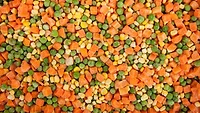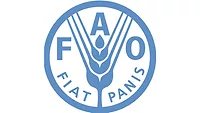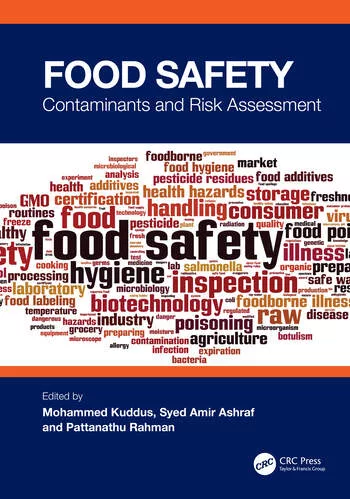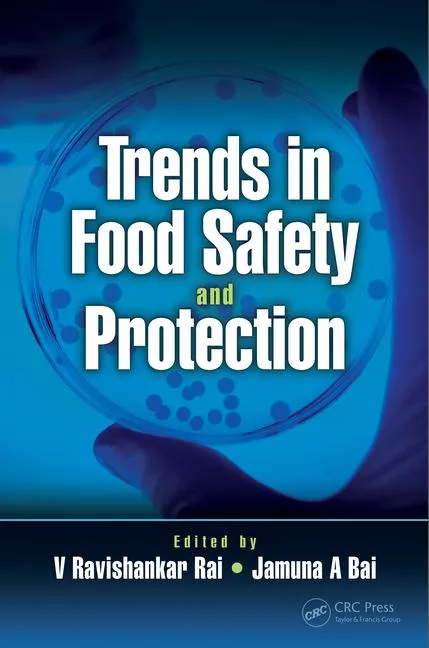FAO/WHO Developing Risk Assessment Models for Listeria in Four Food Commodity Groups

Image credit: azerbaijan_stockers via Freepik
The development of formal risk assessment models for Listeria monocytogenes in four food categories has been summarized in a recent report from the Food and Agriculture Organization of the United Nations/World Health Organization (FAO/WHO) Joint Expert Meeting on Microbiological Risk Assessment (JEMRA).
During the October 2022 meeting upon which the report is based, JEMRA discussed risk assessment models for L. monocytogenes in leafy greens, cantaloupe, frozen vegetables, and ready-to-eat (RTE) seafood. As a next step, the models will be programmed, tested, and reviewed.
JEMRA agreed that the models should consider all stages from pre-harvest to consumption, and that factors like pathogen introduction to raw materials during primary production, affected by the environment and production practices, as well as cross-contamination throughout all production stages, should be assessed. Whole genome sequencing (WGS) and other -omics data on L. monocytogenes may inform risk assessment, and additional data from different pathogen sampling and testing schemes may be useful to informing risk assessment.
The experts also decided that the models should adapt the dose-response framework from existing models, which account for the variability in pathogen virulence and consumer susceptibility common to all food commodities. The different sub-modules of the models that describe the relevant stages of a food chain can be used to evaluate the impact of the stages on the risk in “what-if” scenarios. Additionally, an uncertainty and sensitivity analysis should be performed to identify which model inputs and assumptions have the greatest impact on the model outputs (such as dose and risk for the consumer), which will help identify the relevant “what-if” scenarios and data needs.
Leafy Greens
For leafy greens, relevant stages to be represented in the risk assessment were identified, including growth (i.e., field, controlled environment, hydroponics), harvesting, cooling, washing, sanitizing, cutting, packaging, multiple transportation steps, display at retail, and consumer practices. Production activities like irrigation, fertilization, and other on-farm management practices have an impact on the occurrence of L. monocytogenes and could be modeled in a pre-harvest module. Season has been recognized as an important factor driving the microbial kinetics in soil and on leaves, and JEMRA supports its inclusion in a model, with the ability to alter environmental inputs in “what-if” scenarios. Cut RTE and whole leafy greens should both be addressed and share a common primary production model.
Additionally, the model should be structured to measure the effectiveness of the prevention of contamination by soil/irrigation water, the efficacy of washing with or without sanitizers, the prevention of cross-contamination events along the production chain, the application of good hygiene practices during processing, the efficacy of sampling schemes, and the impact of different consumer practices related to handling and storage. It should also consider the possibility of cross-contamination at processing facilities and in consumers’ homes, and should have the flexibility to assess the impact of climate change.
Frozen Vegetables
The main factors driving the risk of L. monocytogenes contamination of non-RTE frozen vegetables were identified post-blanching, in the stages of processing and consumer handling. Relevant stages to be represented in the risk assessment include cleaning, washing, blanching, freezing, packaging, display at retail, consumer practices such as defrosting and cooking, and common practices relating to non-intended use. The risk assessment should be structured to measure the effectiveness of blanching or other inactivation steps pre- or post-packaging, the prevention of contamination post-blanching, and the efficacy of sampling schemes at the end of processing.
Looking for quick answers on food safety topics?
Try Ask FSM, our new smart AI search tool.
Ask FSM →
Cantaloupe
The risk assessment model for L. monocytogenes in cut and whole RTE cantaloupe should span primary production to consumption, with relevant stages being growing, harvesting, cooling, washing, sanitizing, dicing, display at retail, consumer practices, and transportation. The model should also be flexible to consider the impact of on-farm practices, weather and climate changes, and market practices. Important cross-contamination points were identified at pre-harvest (e.g., irrigation water, soil, fertilizer), processing (e.g. pooling of fruits from other producers, food contact surfaces/equipment and/or dicing), retail (market practices), and at the consumer level (contamination from rind to flesh during slicing/dicing).
The risk assessment should be structured to measure the effectiveness of the prevention of contamination during pre-harvest (e.g. soil, irrigation), the application of on-farm preventive measures (e.g., cantaloupes grown on soil barriers), the effect of processing stages (e.g., cleaning/washing, sanitization, and removal of bruised parts), and the impact of consumers. Finally, the effect of the time/temperature profiles throughout the food supply chain (e.g., processing, transport, retail, and consumer homes) should be included in the risk assessment.
RTE Seafood
Hot- and cold-smoked fish and gravad fish were proposed as a representative food category for the RTE seafood model, but the model should be flexible to accommodate other RTE fish products, such as sashimi and ceviche, in the future.
Primary production (harvest and farming) to consumption stages should be considered. Relevant stages to be represented in the risk assessment were identified as growth (i.e., open sea, aquaculture), harvesting, evisceration and head cutting, filleting, different smoking steps, gravad fish steps, freezing, slicing, packaging, multiple transportation steps, and retail and consumer handling. Lactic acid bacteria cultures for the biocontrol of L. monocytogenes should be evaluated in the risk assessment. It should also consider raw materials coming in with different levels of contamination, accounting for the effect of time/temperature profiles throughout the supply chain.
WGS data, when available, could be used to assess dominant strains at different production stages in order to inform cross-contamination modules.









